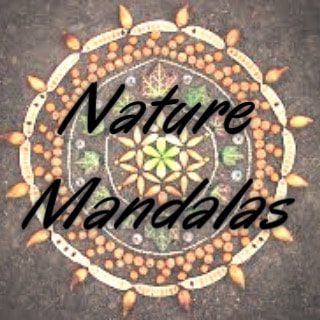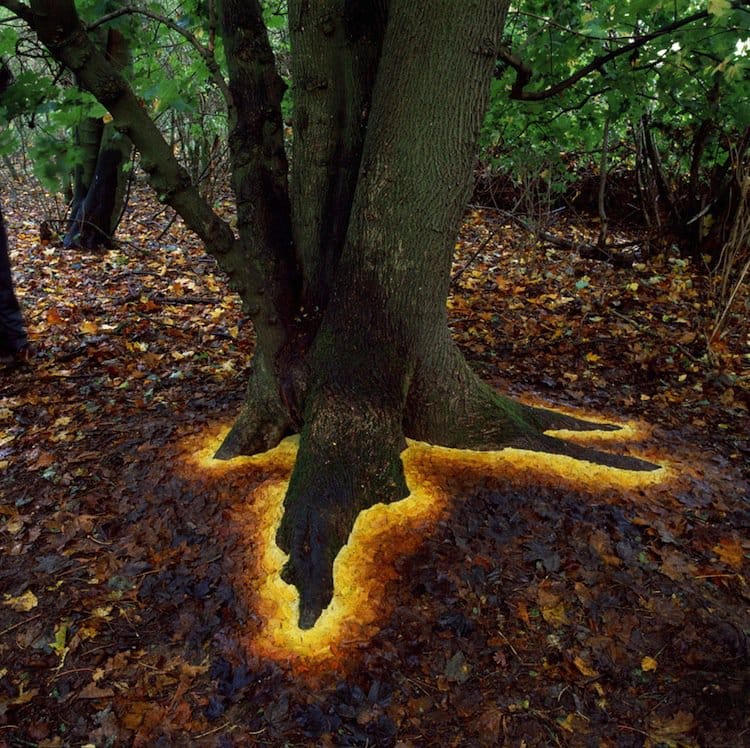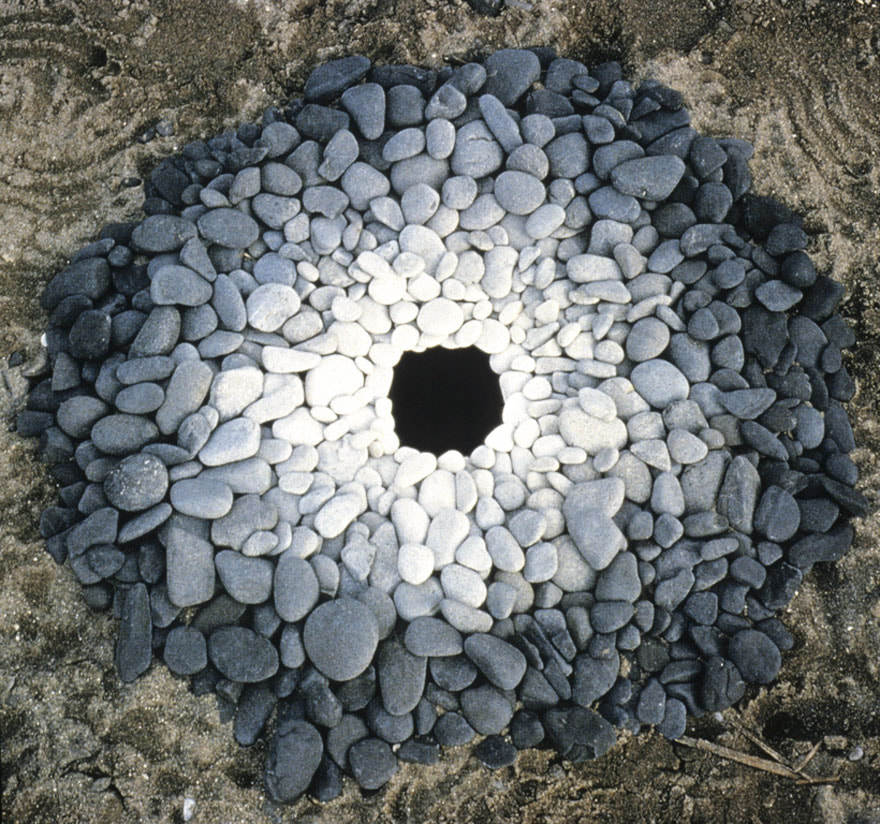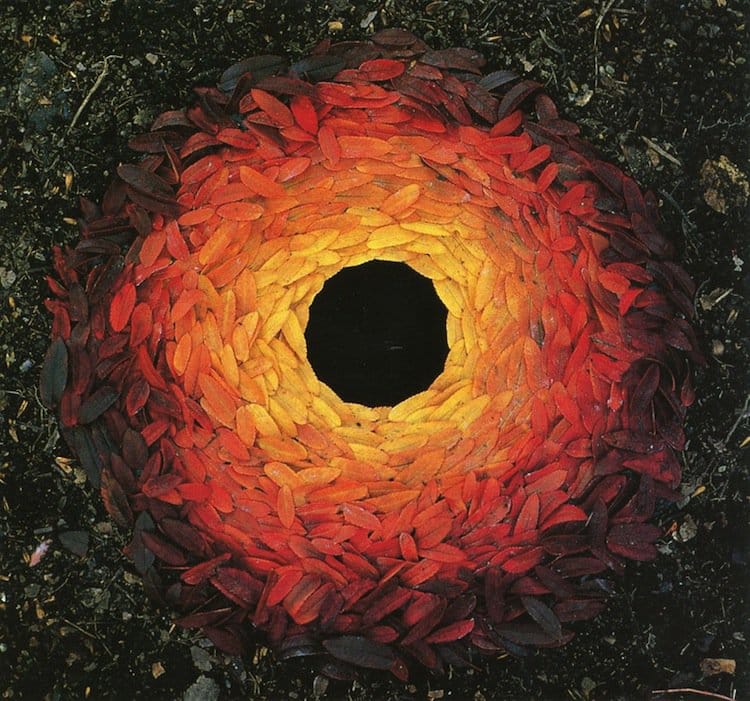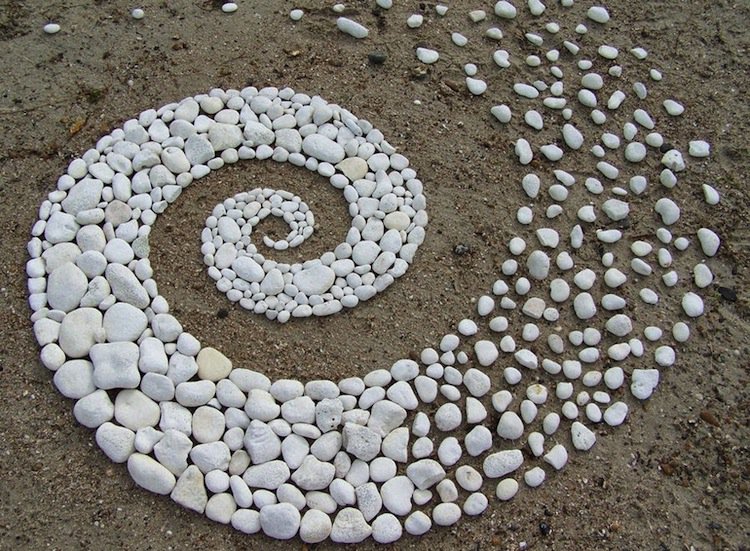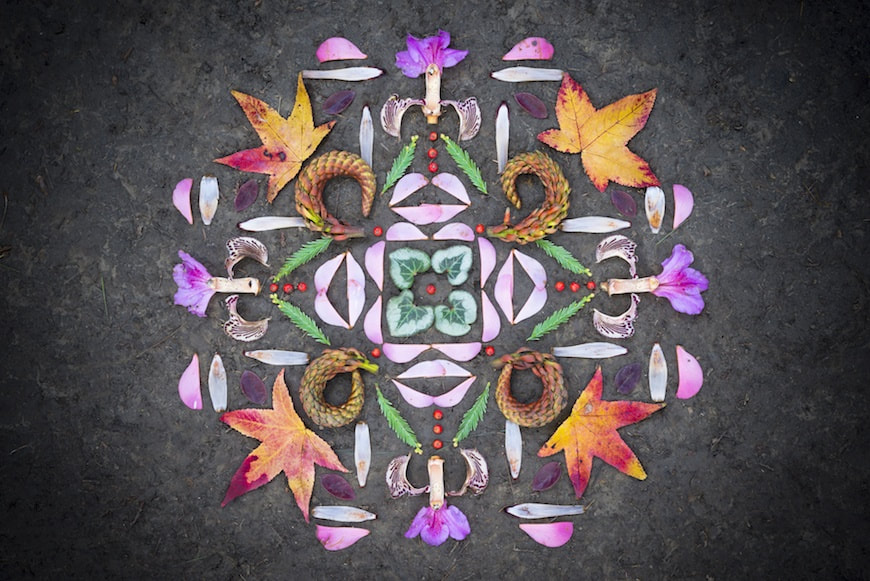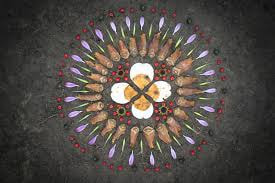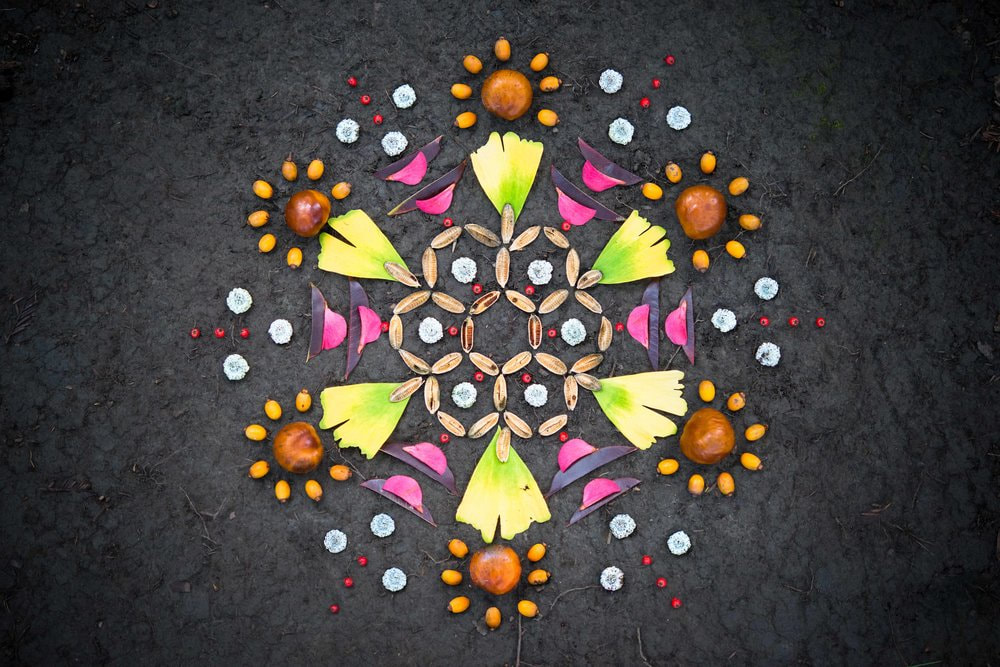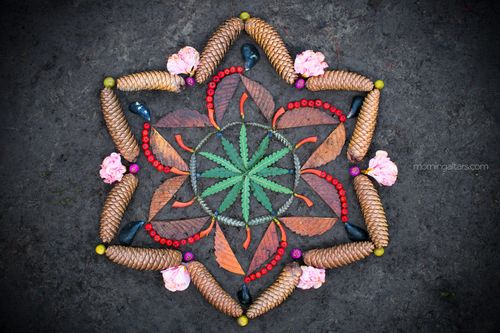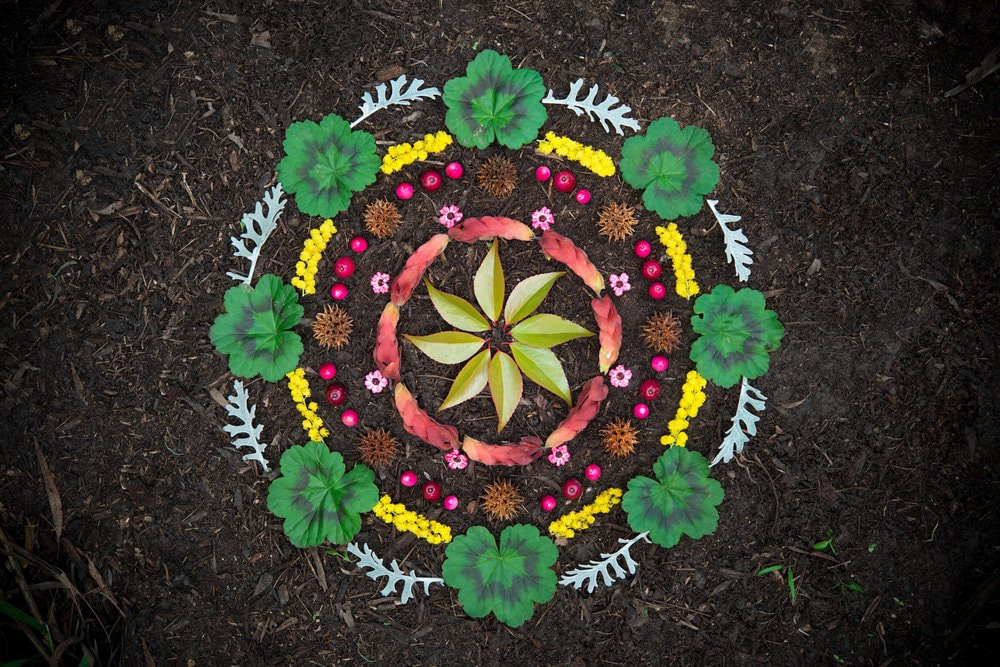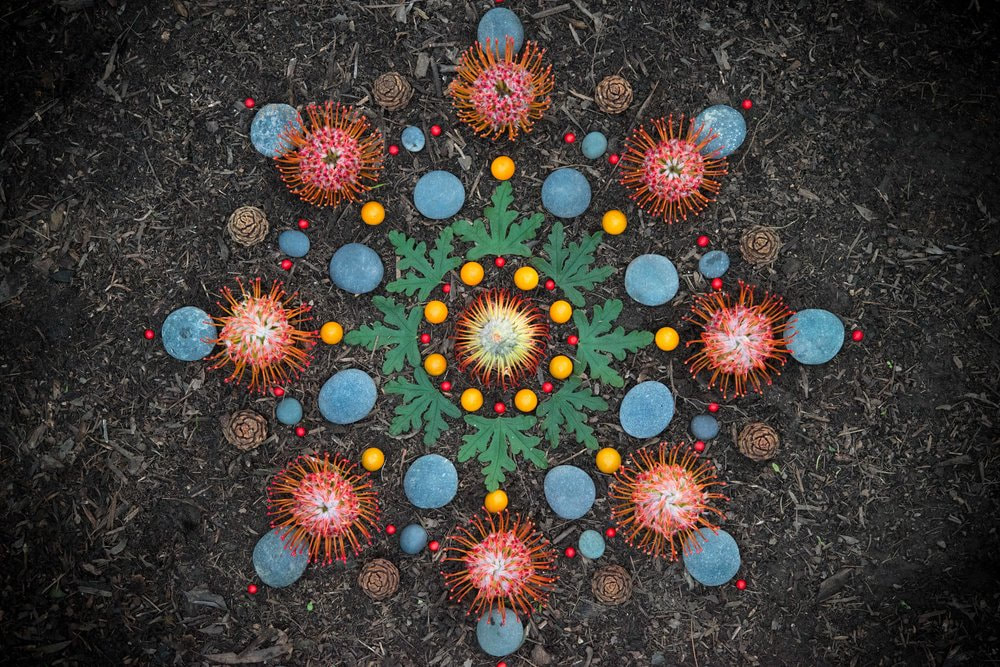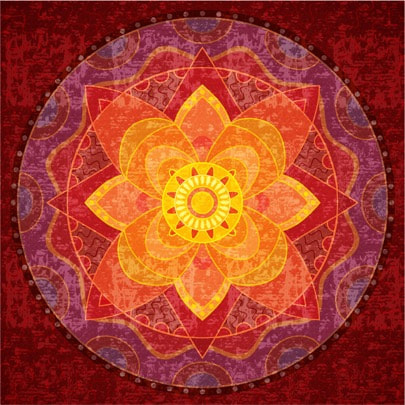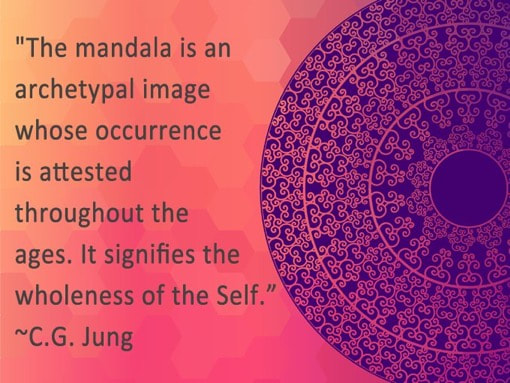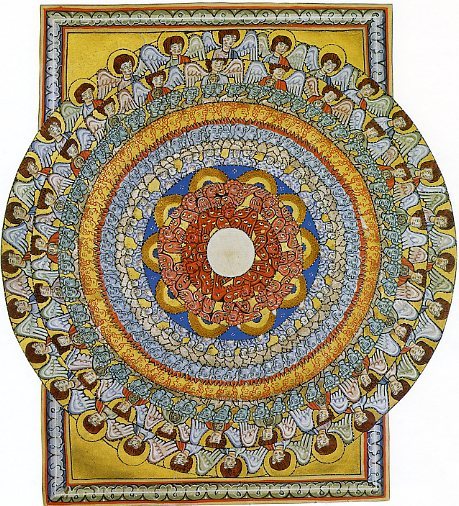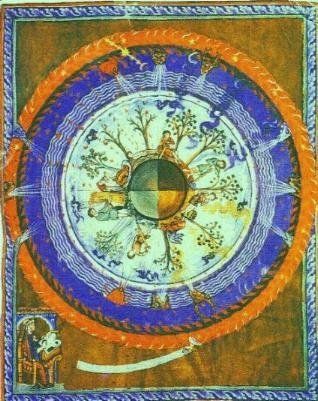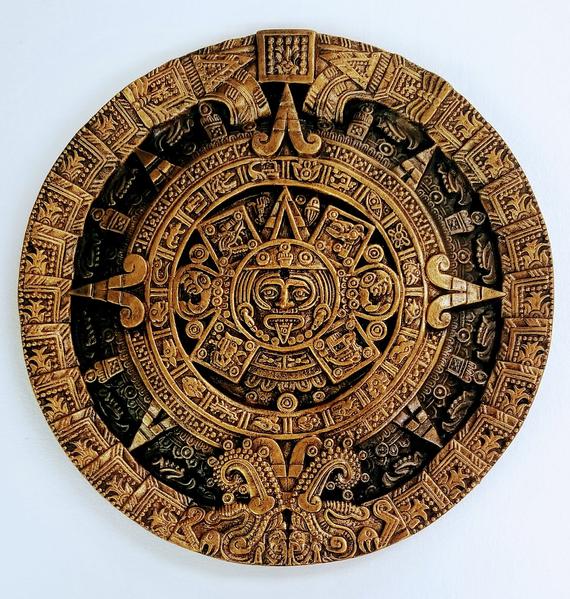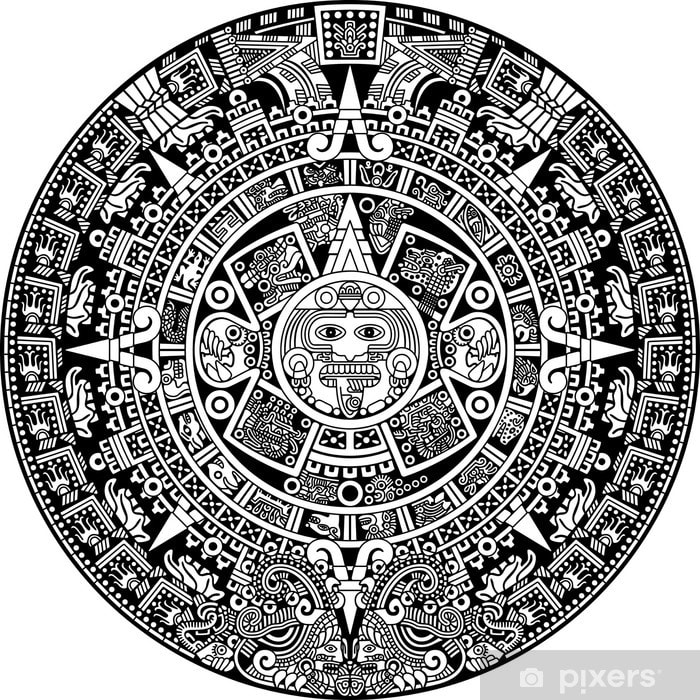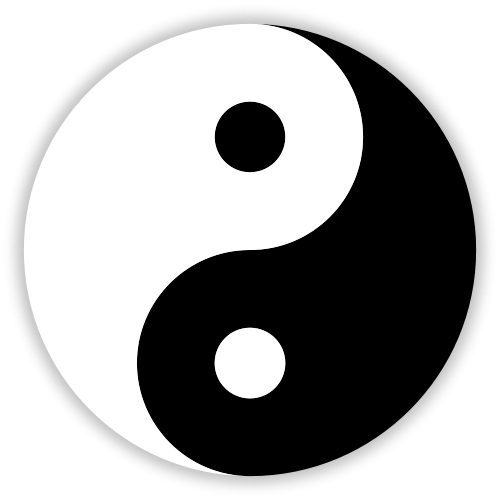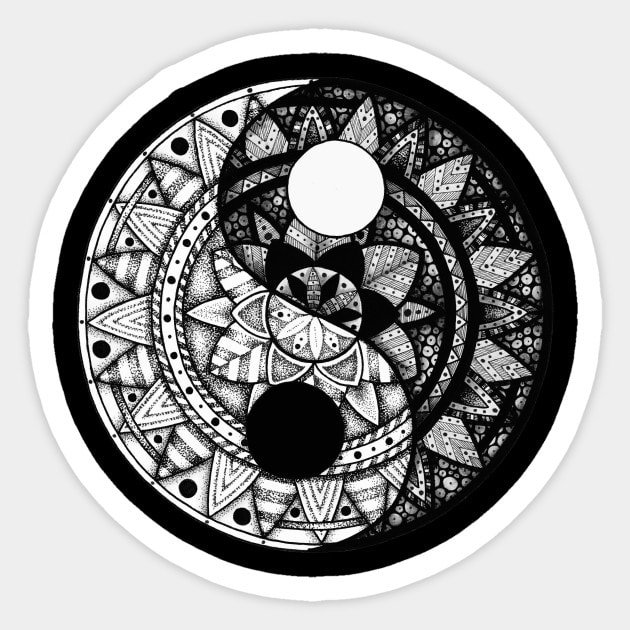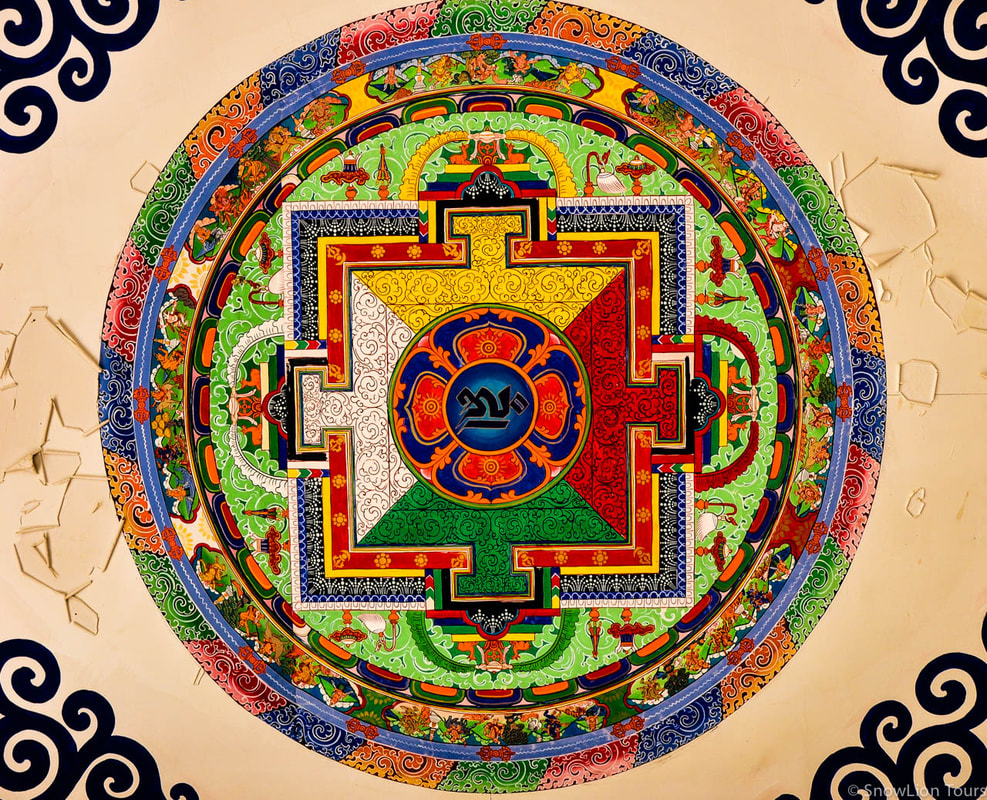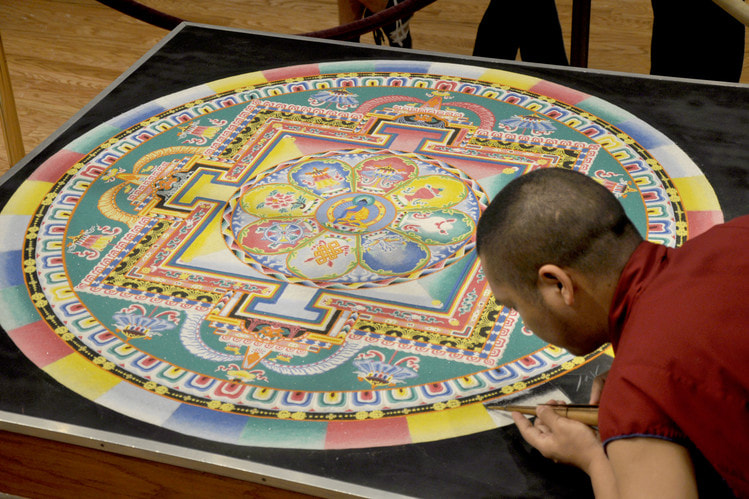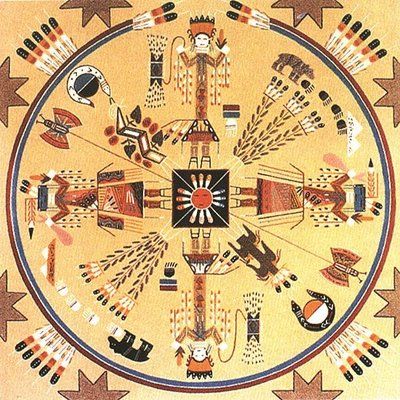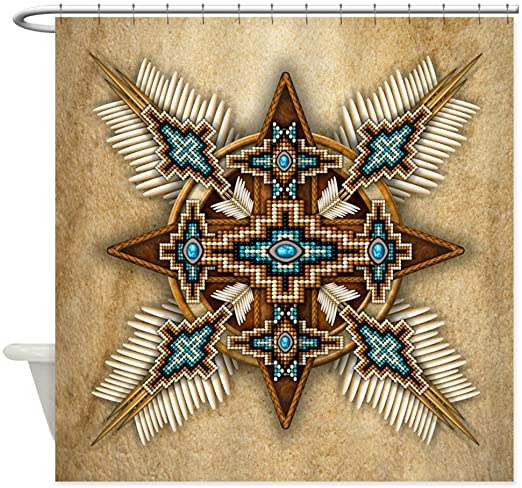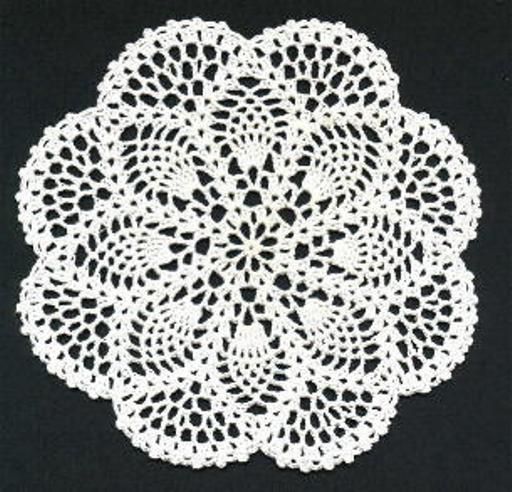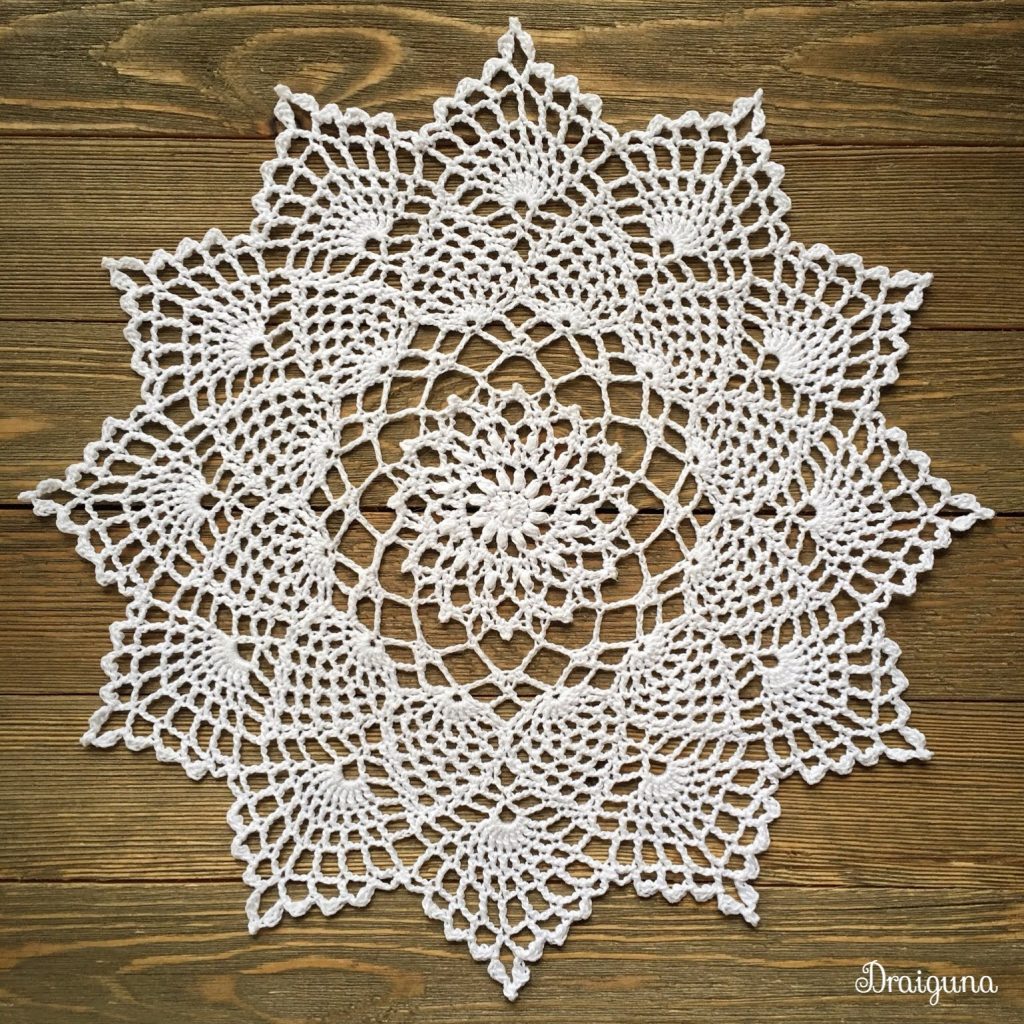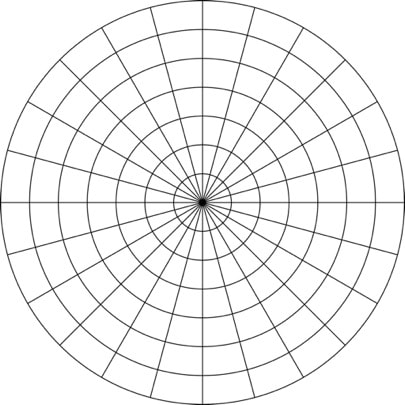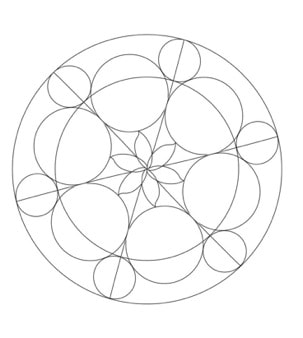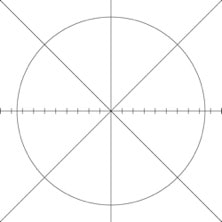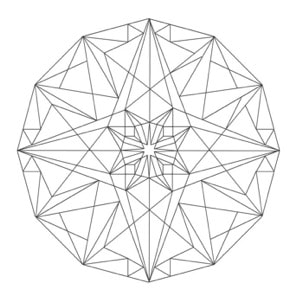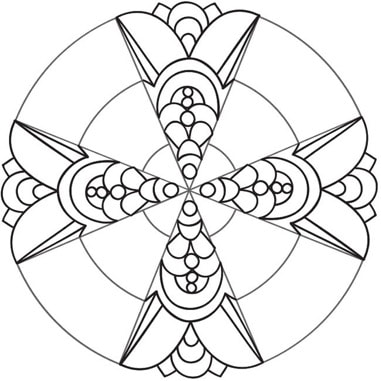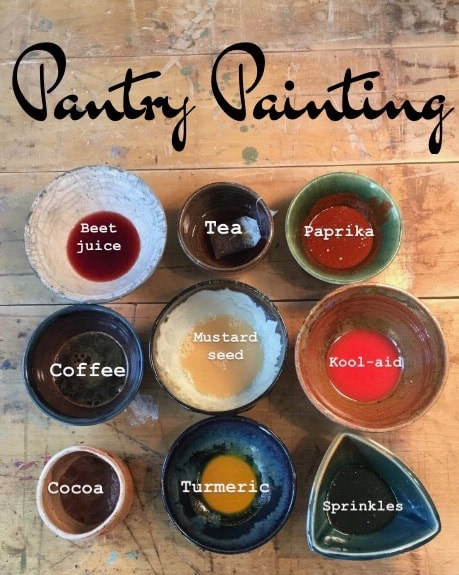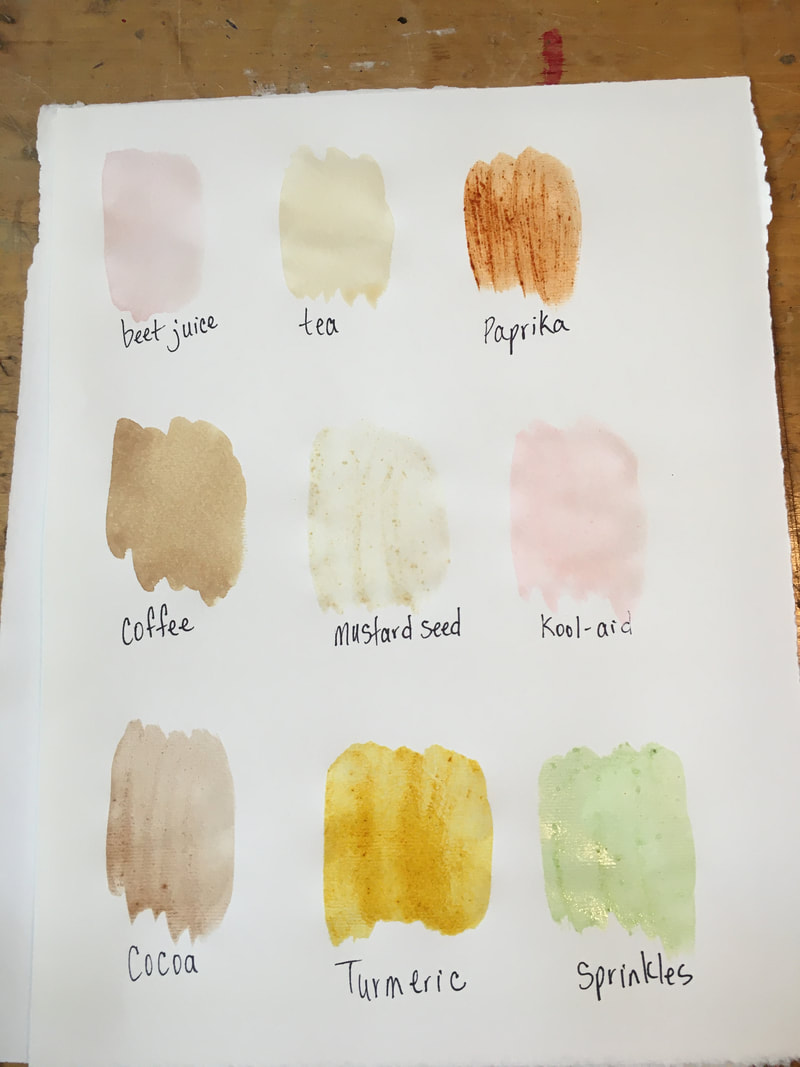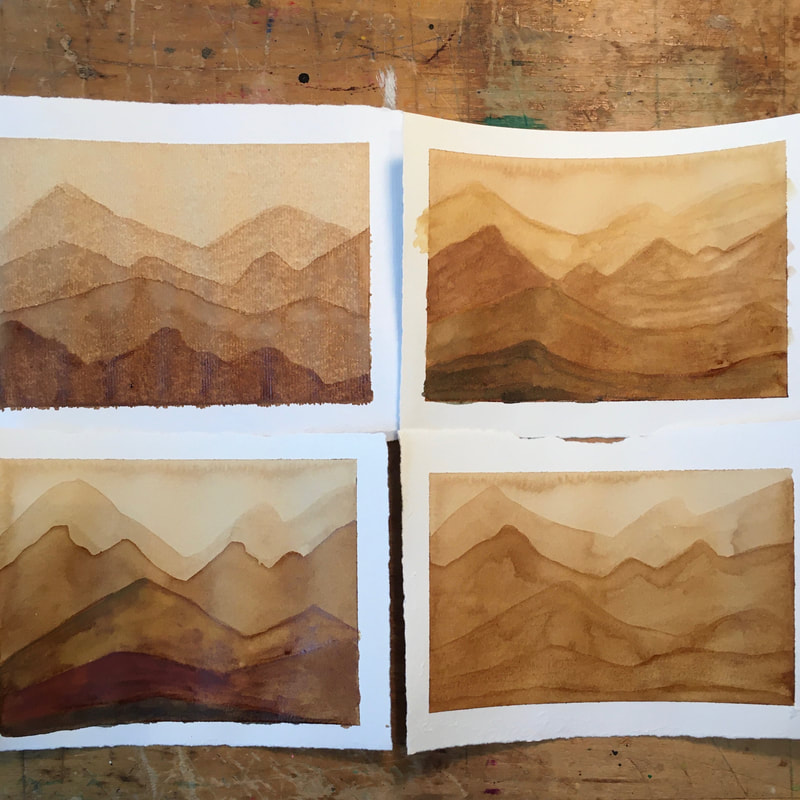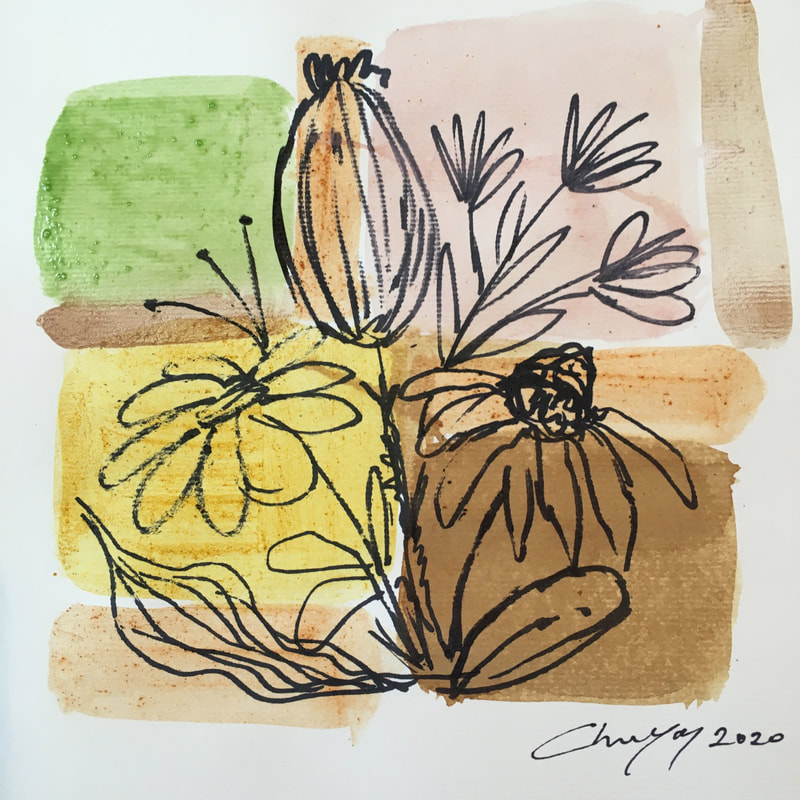|
Happy Earth Day! Today, April 22, 2020 marks the 50th anniversary of Earth Day. According to earthday.org the origins of Earth Day began on April 22, 1970 and was the brainchild of Senator Gaylord Nelson. “Earth Day 1970 would come to provide a voice to this emerging environmental consciousness and putting environmental concerns on the front page.” To celebrate Earth Day this year I am going to take all of the advice from the previous blog (Mandalas: It’s all about the Math) and hit the outdoors to create a Nature Mandala. Nature Mandala are inspired from two sources and artist and a book. Artist, Andy Goldsworthy Andy Goldsworthy is a British artist who now lives in Scotland. He is a contemporary artist who sculpts the land and the environment to create a site- specific sculpture in the tradition of land art. Below are some examples of Andy's artwork. Images taken from his website. Book, Morning Altars The second inspiration is the book and Instagram account for Morning Altars by Day Schildkret. This is a beautiful book with the lovely photography from the author, and in the forward by Anne Bogart they state that they are debris arrangers. Arranging natural debris is the definition of a nature mandala at its most basic form. Images below are from the book, which can be purchased on Amazon. How to Create a Nature Mandala According to Morning Altars there are seven movements for morning practice. These seven movements are just a guide but presented here as your guide to creating one on this Earth Day. 1.Wander and Wonder. This is a treasure hunt and go for a long winding walk and begin to pick up multiple things of different sizes and shapes that interest you. Look for contrasts. Big- small, light- dark, smooth- bumpy, bright- dull 2.Place. Connect with where you are and witness the place come alive. 3.Clear. Use a brush or your hand to clear the space to reveal a blank canvas. You are looking for a flat area to work. 4.Create. Play! Play around arranging the items. Try them in several different locations and arrangements. You are an artist arranging shapes and colors and textures. 5.Gift. Practice generosity as you offer your altar in a celebration of nature, your family’s well-being, your ancestors, or a way to mark a special occasion. 6.Share. Photograph and share your beauty with your friends, the community, and with people you have never met. 7.Let Go. Practice walking away. This art is beautiful in its impermanence. The wind will take it away or someone might walk through it, and that is okay. Its job is already done. On this, the 50th anniversary of Earth Day, I encourage you to try to connect to the environment and see the beauty in its small wonders. I encourage you to get out of your house and play with nature. I encourage you to create a nature mandala. Please share your creations with me. You can post your photos in the comment section of this blog or on Instagram using the hashtag, #professorcharity or @charitymika.
1 Comment
Last month the art teachers of Southeast Kansas region got together for a professional development workshop. The workshop on Mandalas was held at Pittsburg High School in Pittsburg, KS and lead by art teacher, Rebecca Lomshek. Rebecca and the other art teachers that attended the workshop were so generous with their knowledge and resources. History of Mandalas The word “mandala” is from the classical Indian language of Sanskrit. Loosely translated to mean “circle.” A mandala is more than a simple shape. Mandalas represent wholeness and can be found in many aspects of life such as the celestial circles to conceptual circles of our friends and family. Mandalas patterns are used in many religious traditions. Hildegard von Bingen, a Christian nun in the 12th century created many beautiful mandalas to express her visions and beliefs. In the Americans, the circular Aztec calendar was both a timekeeping device and a religious expression in a mandala format. In Asia the Taoist “Yin-Yang” symbol represents opposition as well as interdependence. Tibetan mandalas are often highly intricate illustrations of religious significance that are used for meditation. In ancient Tibet, as part of a spiritual practice, monks created intricate mandalas with colored sand made of crushed semiprecious stones. The tradition continues to this day as the monks travel to different cultures around the world to create sand mandalas and educate people about the culture of Tibet. A world away, the American Navajo people also create impermanent sand paintings which are used in spiritual rituals–in much the same way as they are used by Tibetans. A Navajo sand painting ritual may last from five to nine days and range in size from three to fifteen feet or more. The Native American mandala is created in honor of a people that truly understand the deeper undercurrents of thought, nature, and life. Using the antique art of crochet Doilies were originally crocheted with thread and used to protect table and dresser tops, and gained popularity in the Victorian Era, when women hand worked them in their spare time to add a little elegance to their households. At one time, these items were considered so important that a young lady was expected to have at least 10 to be ready for marriage, and these were carefully stored in a hope chest to be used when she set up her household. How to draw a Mandala Step by Step Guide 1. Mark the center of your paper with a small dot, and then using a compass draw a circle.
2. Draw several other circles with the same center point, this in math is called, Concentric Circles. 3. Take the ruler and draw a horizontal line across the center. 4. Take the protractor and place it along the horizontal line. Draw a mark every 30 degrees: at 30, 60, 90, 120, and 150. This will give us 12 sections. 5. Take the ruler again and draw a line between the center and every degree mark, across the whole paper. 6. OK, you will now have 12 sections or pieces of a pie. You need to fill each section with some kind of repetitive pattern. What can be easy to repeat? 7. Replicate the element until you fill the whole circle. Be slow and thoughtful—there's no hurry! Focus on what you're drawing at the moment. 8. Draw light until you know it's right! 9. Once you have your mandala filled in, darken it or "ink" it by going over the lines with a marker. 10. fill in the open spaces with watercolor, colored pencils, or markers to add bright colors. 11. Set back and look at your masterpiece. Beautiful! Like most of the United States and the world, for that matter, I am in quarantine. We are to be staying at home, not going out unless it is necessary for medicine of groceries, and even then, you have to stay 6 feet from people, which is called social distancing. As an art teacher I wanted to give my students a challenge of painting to help release stress and it would be a great distraction from their other online schoolwork. What happens if they don’t have any paint at home? I don’t want them to go out to the store for a set of watercolors or have to buy something on the internet that might not be shipped for a week. I found many things around my house that could be used as paint. The first thing I did was to sample all the pantry items by mixing them and doing swatches to see how they painted. I mixed all of the power spices with hot water and let them sit for an hour, hoping they would grow in intensity. The first row is Beet juice-from a can, Tea, and Paprika. The second row is Coffee, Mustard Seed, and Kool-Aid. The last row is Baking Cocoa, Turmeric, and Sanding Sugar, or it is also called Sprinkles. I worked with the coffee to create a coffee value scale in the little mountain landscapes. I painted the entire square first, then I painted the mountain range and down on each to build up the coffee color. I mixed up the pantry items to create a background color block, dried it with my hairdryer, and then drew on top of that design. The attached video is sideways but shows a spread up version of the project. I’m surprised; you never know what you might have in your house to create art. Happy Painting! |
Professor CharityI teach future art teachers at Emporia State University. Here is what is going on in my classes. Archives
January 2023
Categories
All
|
